AI-Based Stroke Platform
Trustroke with Hospital Vall d'Hebrón
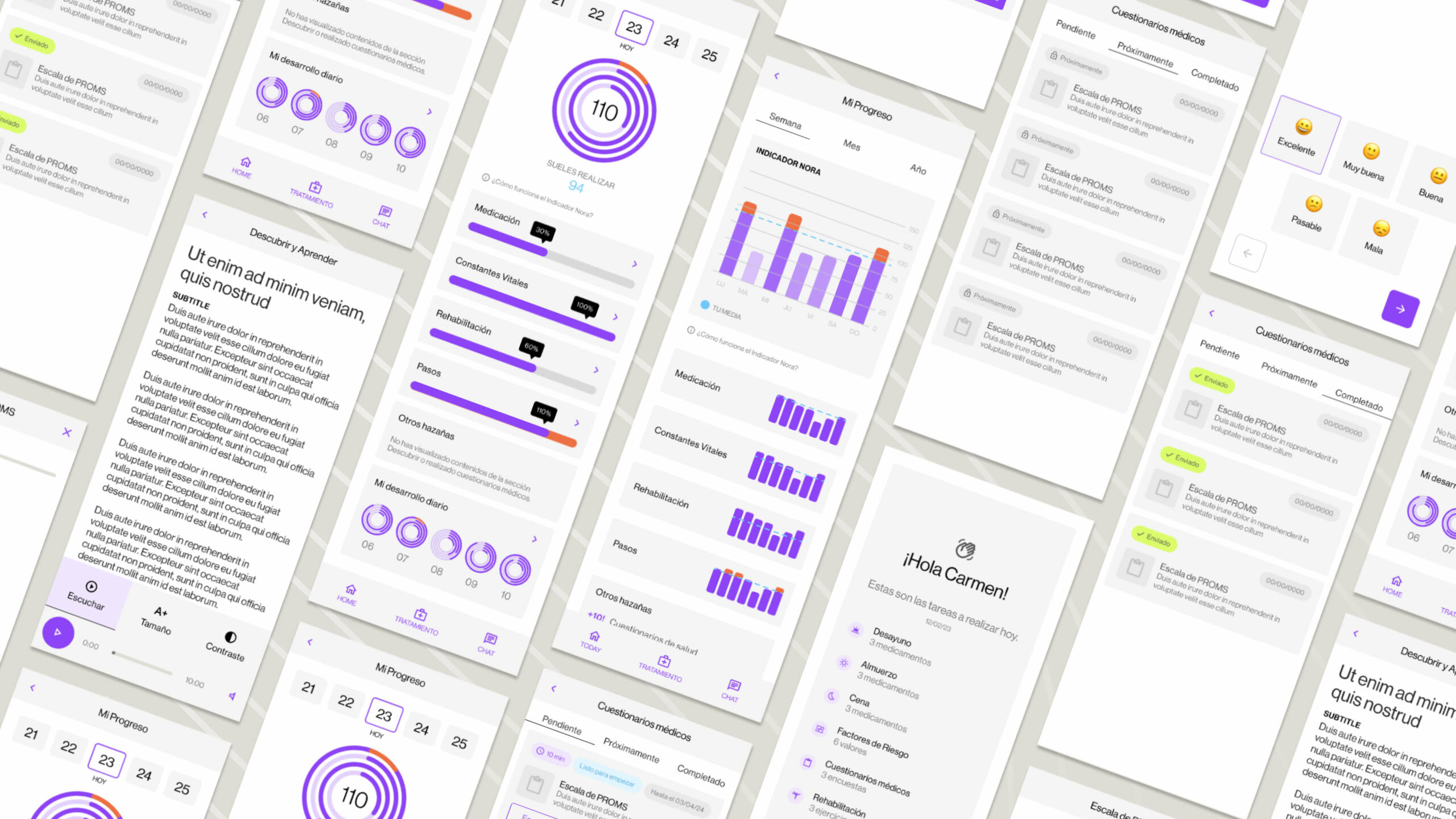
European AI Project optimizing ischemic stroke treatment to empower patients, caregivers, and clinicians
Personalize stroke treatments, integrate technology, and design solutions for 1.12M annual strokes in Europe, aiming to reduce disability and 460K deaths while overcoming system integration obstacles.
Nacar leads Human-Centric User Design, collaborating with 13 partners across 7 european countries to develop an AI solution, patient framework, and scalable stroke risk platform.
Project in progress
- UX Research
- Product Strategy
- Branding
- UX/UI Design
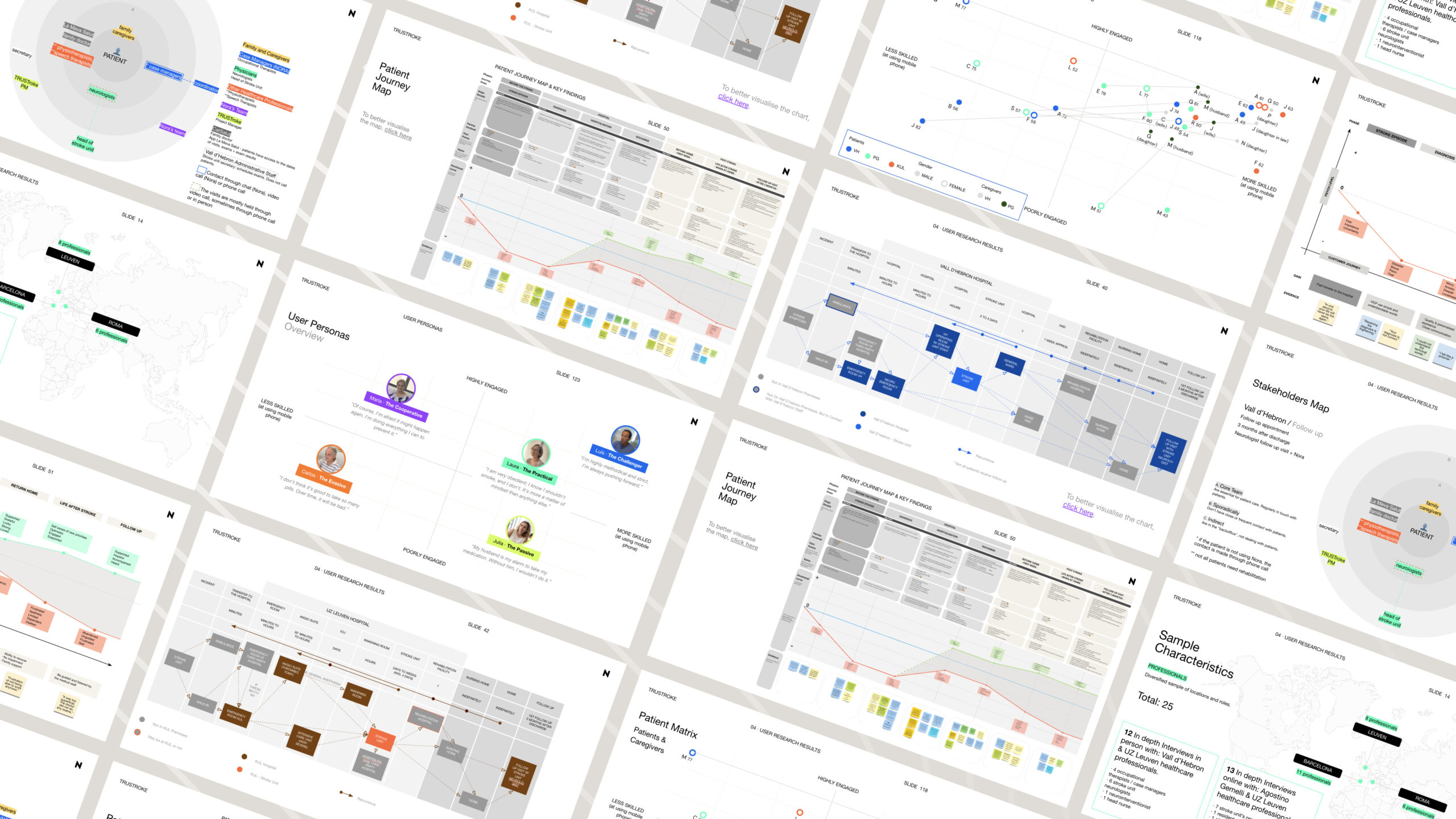
Mitigating Stroke Recurrence: Improving Patient Adherence
Annually, strokes result in 1.12 million incidents in Europe, causing severe disability, claiming 460,000 lives, and affecting 9.53 million people globally. Trustroke addresses this impact by tailoring treatments, integrating AI, and employing a human-centered design approach to develop a patient-centric solution. The challenges consist of integrating diverse hospital systems and creating a platform capable of delivering a more personalized interaction tailored to each patient and context. This approach enables patients to recognize the value and adhere to the treatment, ultimately preventing stroke recurrence.
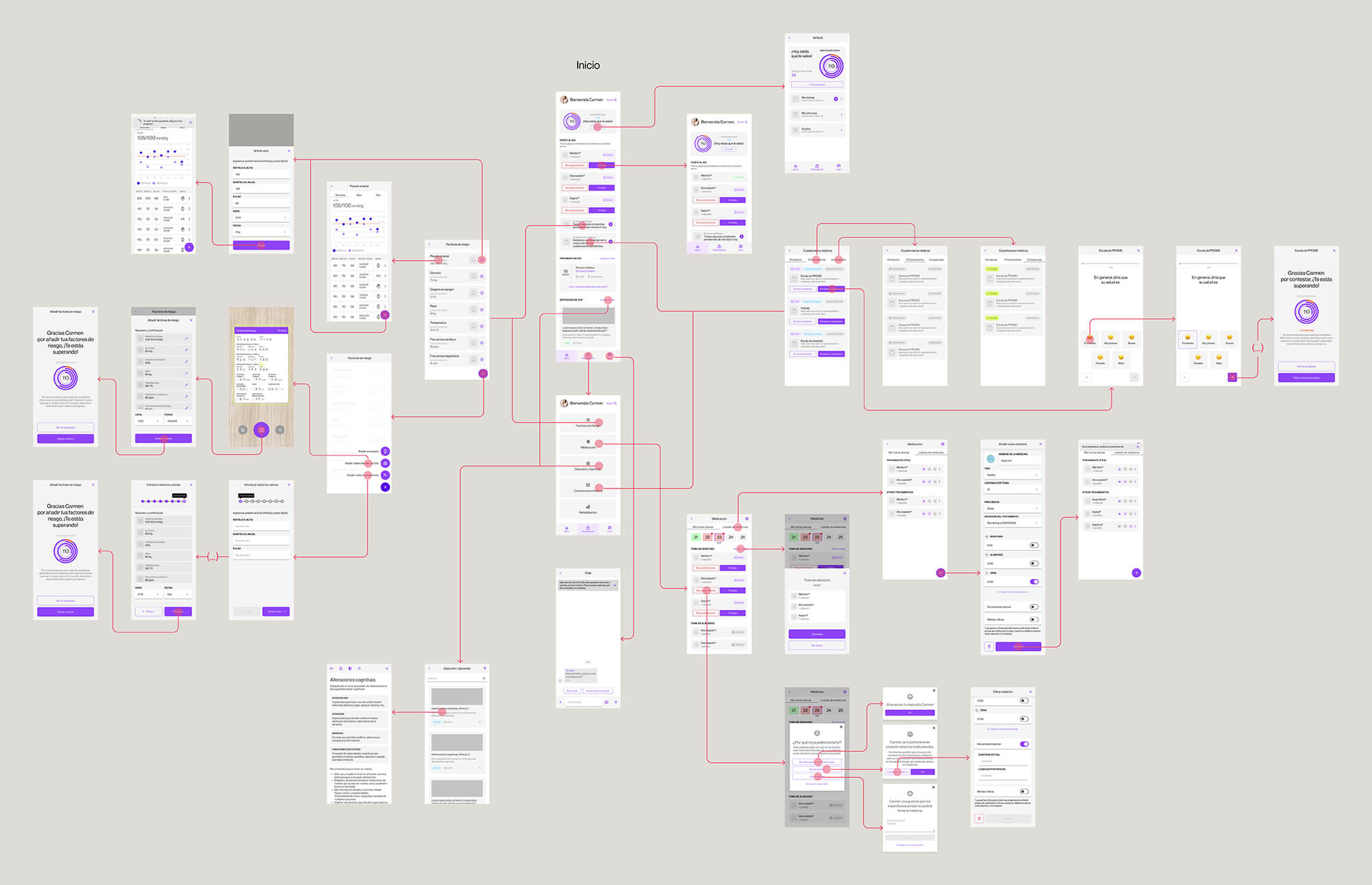
COLLABORATIVE INITIATIVE
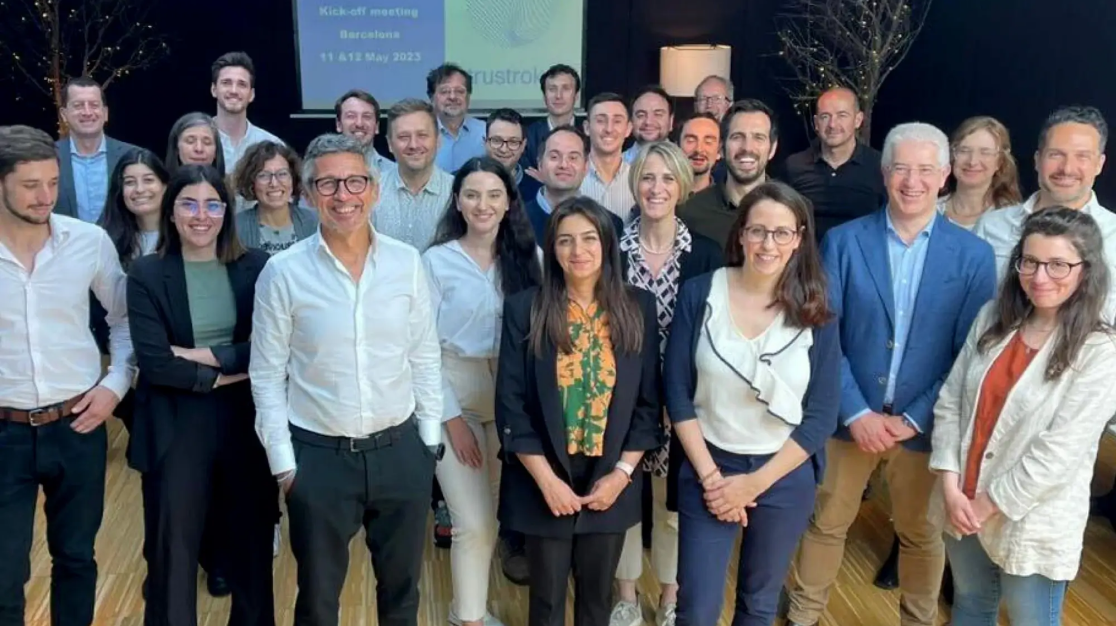
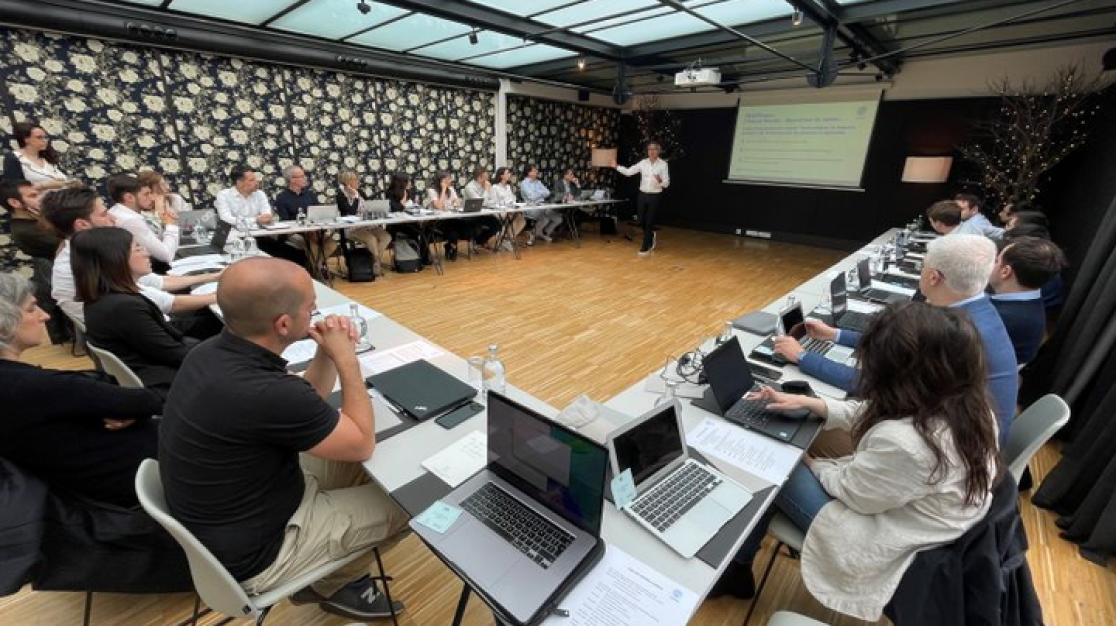
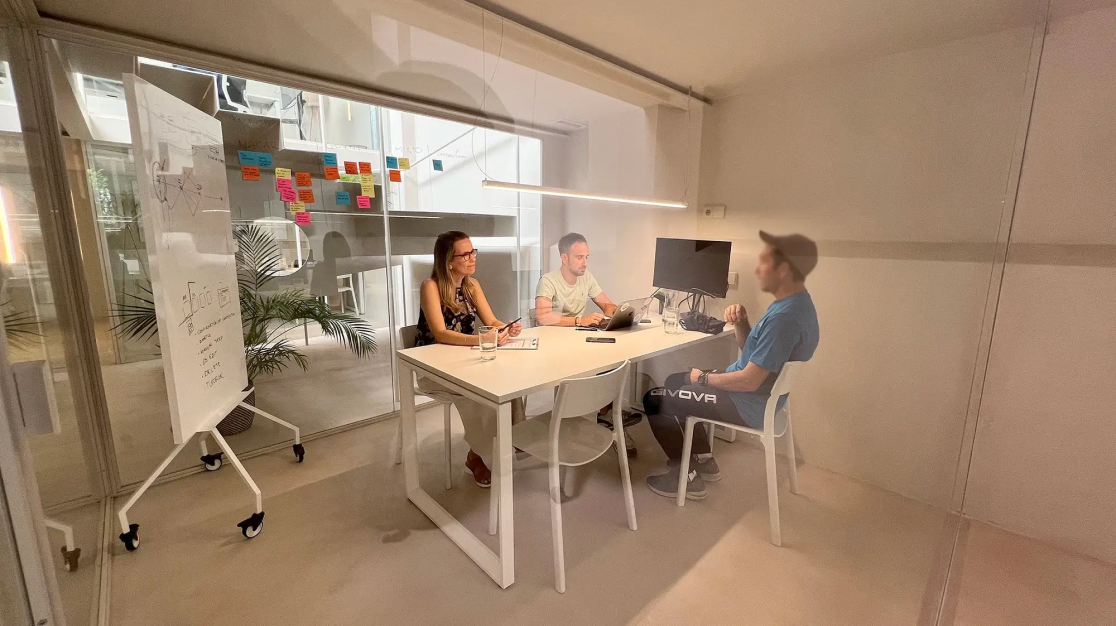
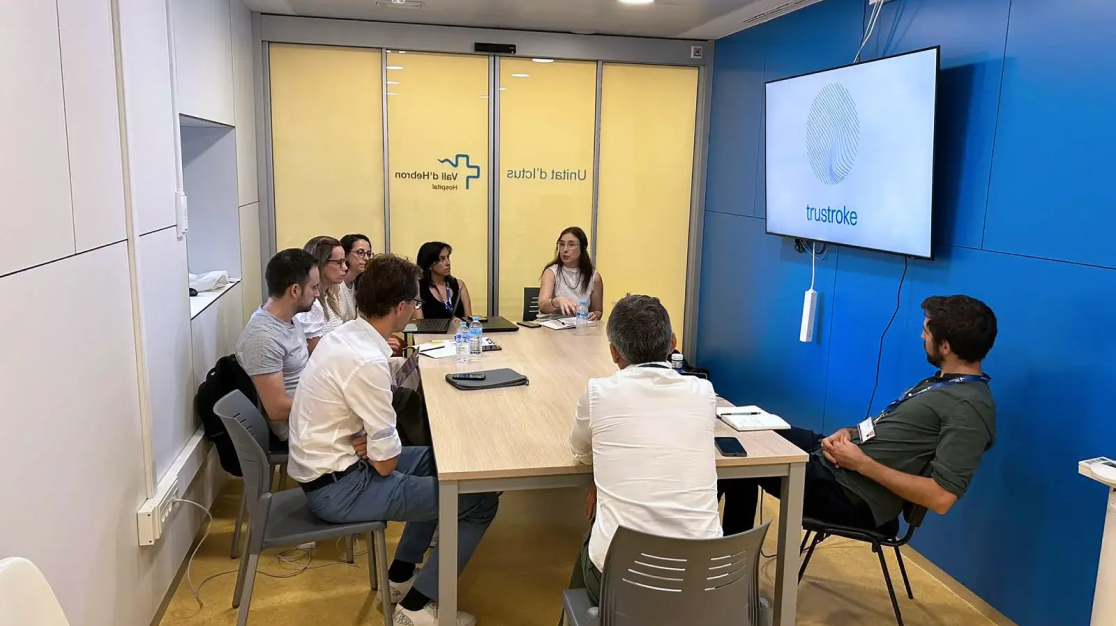
Predictive AI: Assisting Stroke Management for Patients
Trustroke is a collaborative and ongoing initiative with partners like Vall D’Hebron Research Institute, Agostino Gemelli University Polyclinic, Ku Leuven, Ukc Ljubljana, Eatris, Cern, Eurecat, Jozef Stefan Institute, Nora Health, Stroke Alliance For Europe, and Nacar Design, who is actively spearheading the Human-Centric User Design process. Currently in progress, the project consolidates information gathered through extensive ethnographic research with patients and medical teams across Europe. Objectives include the establishment of a Federated Learning network, the development of a validated AI solution for stroke risk, the creation of a patient empowerment framework, the implementation of a clinically validated scalable platform, and the execution of a proof-of-concept study aimed at enhancing stroke patient pathways.